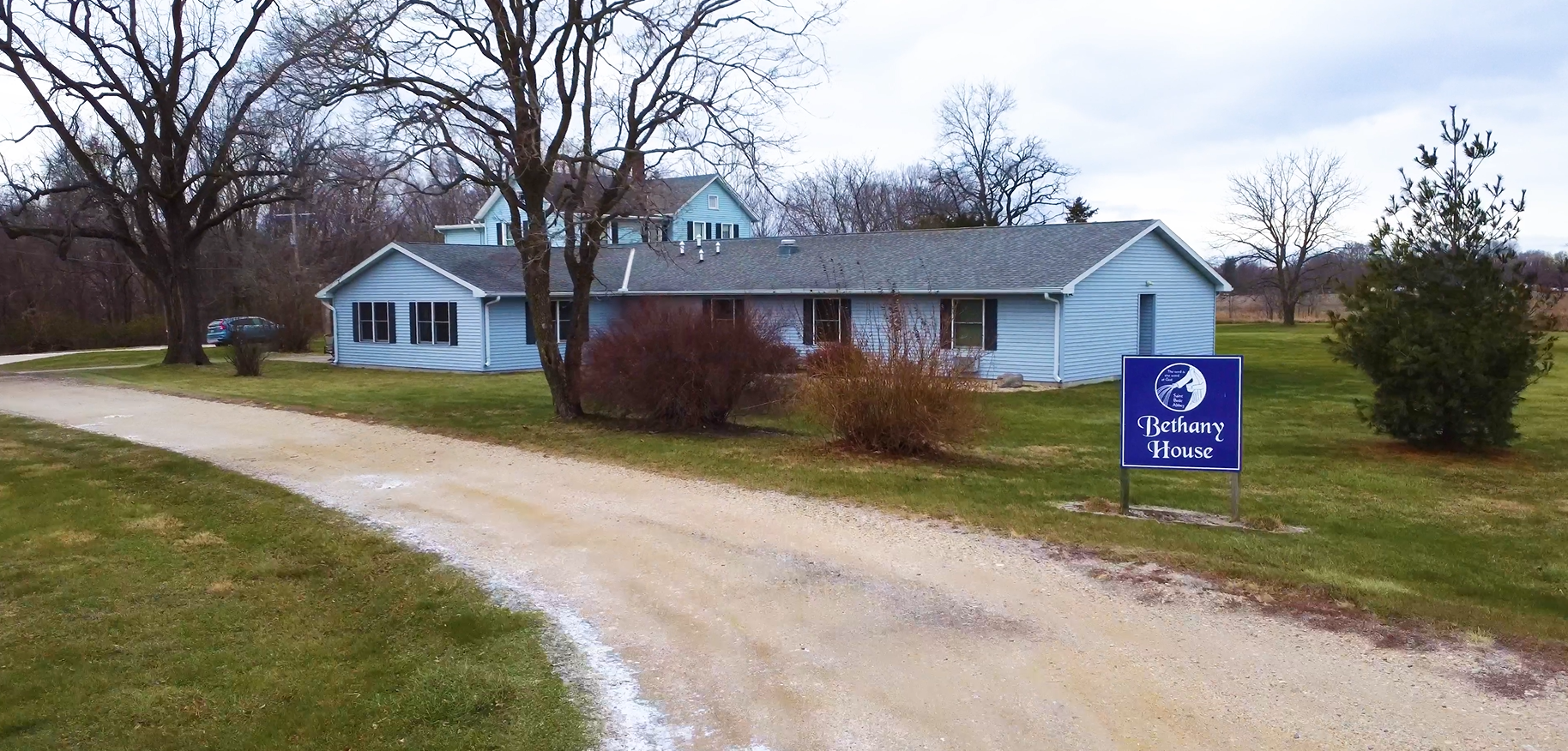Benedictine Hospitality: A cornerstone of monastic life
Those familiar with the Benedictine order come to know how important hospitality is in their practice. Benedictine monasteries, like our monastery in Illinois, welcome many guests for visits and retreats. But it’s important to understand that hospitality takes a particular form within the order.
As you continue to understand how to become a monk, you’ll want to see how hospitality will shape your time in a monastery, like St. Bede’s. It’s a chance to practice humility and openness, while embracing deeper encounters with Christ.
Welcoming guests as Christ
In Chapter 53 of The Rule, St. Benedict writes “All guests are to be welcomed as Christ.” He expands that every guest—no matter how unexpected or unfamiliar—should be received as if there were Christ himself. Subsequent monks have taken St. Benedict’s writing on hospitality and further developed it under the title “radical hospitality.” This notion encourages them to go beyond the preference of welcoming someone into a monastery. Instead, monks are challenged to always put hospitality at the forefront, even when it is inconvenient.
You can learn more about the Rule of St. Benedict here.
It’s an attitude that turns hospitality from a value into something sacred. In fact, St. Benedict doesn’t frame hospitality as a personal practice. Instead, he calls on the monastic community to align their actions around it.
Similarly, Benedictines are called to view hospitality as an act of a monks’ prayer. In its practice, hospitality requires humility, attentiveness and even the ability to be interrupted. In short, by making room for a stranger, a monk is making room for God.
It’s also important for monks to view hospitality as a mutual act. Yes, guests have a lot to gain from the calm and rhythm of monastic life. But the monks are enriched as well. Hosting a guest is a chance to encounter Christ in new and surprising ways.
More than food and shelter
The core of Benedictine hospitality isn’t the material offerings. It’s the listening, presence and prayer that a guest encounters during their stay. Keep in mind, a guest isn’t just a visitor. They may be seeking rest, healing or a deeper connection with God. Some may even be curious about how to become a monk. In turn, Benedictine monks offer a space for silence, conversations and reflection.
Welcoming guests into the monastery
The monastery guesthouses are expressions of Benedictine hospitality. They are quiet places for spiritual renewal, inviting guests to join in monks’ prayer, meals, and even work.
Upon an arrival, the guestmaster or guestmistress offers a simple and sincere greeting. The welcoming is warm, but subdued. After a brief introduction to the space and schedule, guests are encouraged to settle in quietly.
They are greeted by a modest room, with basic furnishings, clean linens, and perhaps a desk and Bible. The simplicity is intentional, allowing the guest to leave distractions behind. In many monasteries some rooms have a private bathroom. At others, guests share facilities.
At our monastery in Illinois, guests will encounter the Bethany House. Formerly, a boys’ boarding house, St. Bede’s space is able to host up to eleven guests at a time. In addition to five bedrooms and two common bathrooms, the space also includes a fully-equipped kitchen and dining area, lounge area and laundry room. It’s been used for retreats, as well as family visits or for those who just want to get away. Bethany House can even be used for events like a birthday party or daylong work retreat.
You can learn more about the Bethany House—and even request a stay—here.
Most monasteries encourage or even require silence, particularly in the common areas. Guests are invited to view this silence as welcoming, rather than as restrictive. The silence allows room for thoughts to settle and for deeper listening.
Joining in monks’ prayer and meals
Guests are always welcome to join the Divine Office—the rhythm of daily prayer the monks follow through the day. Participation is optional, but many find it profoundly grounding.
You can learn more about the Divine Office here.
Depending on the monastery, a guest may eat in a separate dining area or eat alongside the community. Meals are typically taken in silence or with readings from Scripture or spiritual texts. The food is traditionally simple and locally sourced.
Retreats typically last just a few days, usually covering the course of a weekend. Although, there are sometimes options for longer stays. When it’s time to depart, guests leave quietly and note the sense of stillness that lingers.
Openness, without disruption
While hospitality is core to Benedictine monastic practice, it doesn’t override the stability and order that monks come to expect in their daily lives. Their openness to guests is balanced with clear boundaries. This ensure that monks’ prayer and work—ora et labora—remain undisturbed while still offering spiritual refuge.
Understanding Benedictine hospitality is a core part of answering “how do I become a monk.” If you believe this is a value you’d like to uphold in your own spiritual journey, get in touch with St. Bede Abbey by submitting a form at this link.

